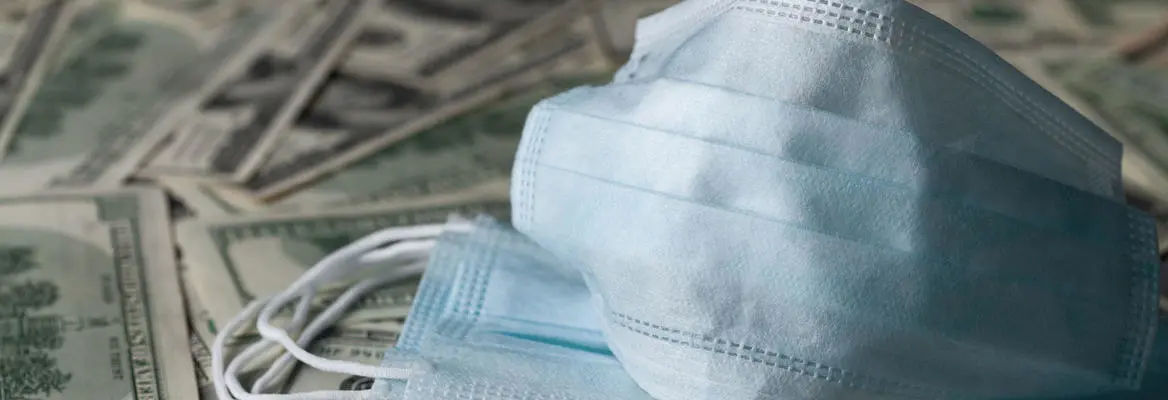Staying at home is our best weapon against the coronavirus pandemic. But a global economic crash could be a much more significant threat to human life. At some point we will have to endanger lives in the present to save those in the future.
People all over the world are currently confined to their homes. Lockdown has emerged as our main means of combating the Covid-19 epidemic because there is nothing else. The development of a vaccine will take at least a year, even under the most optimistic assumptions. It then needs to be manufactured on an industrial scale and rolled out in mass immunisation programmes.
It is difficult to see all these things happening in less than 18 months, even allowing for heroic fast-tracking. But let us imagine that we manage to shorten the whole process to a year. Can a lockdown strategy work over this prolonged period of time?
A lockdown brings with it two major problems. The first affects the individual. Can people stand being cooped up under this form of benign house arrest for a full 12 months? No joke if you are living in cramped quarters. The second is societal. John Donne wrote in the 17th century, "No man is an island, entire of itself ... I am involved in mankind" and this sentiment rings even more true in today's highly organised and interconnected society. The division of labour recognised by Adam Smith as central to the Industrial Revolution has brought us huge benefits in wealth, health and happiness, but no-one these days comes near self sufficiency.
A nation's health and its economy are bound together so tightly that at some point they can be regarded as different aspects of the same thing.
Most people would agree that a year's lockdown is not a practical proposition. It can only be a temporary measure. But if not 12 months, how long?
My modelling suggests that two months is the shortest interval likely to make a useful difference to the course and effects of the epidemic. The lockdown introduced on 23 March in the UK brought a welcome slackening in the growth of infection after about five days. A slow decline in the daily new cases has been apparent in Italy since 21 March, while the same leading indicator has started to fall in Spain in the first days of April. A similar reducing number is apparent in Germany too.
A plateau in the number of daily infections will buy time to prepare for a second wave of the epidemic. Ideally rates of infection will fall below current values, and this temporary decline will give more time to set up field hospitals and equip them with tens of thousands of ventilators. It is possible that repurposed anti-viral drugs might start coming on stream also.
But there is a cost to a long lockdown, not only in the reduced functioning of our society, but also in terms of human life. A nation's health and its economy are bound together so tightly that at some point they can be regarded as different aspects of the same thing.
If there is a sustained fall in GDP per head, then population-average life expectancy will decrease.















Join the conversation